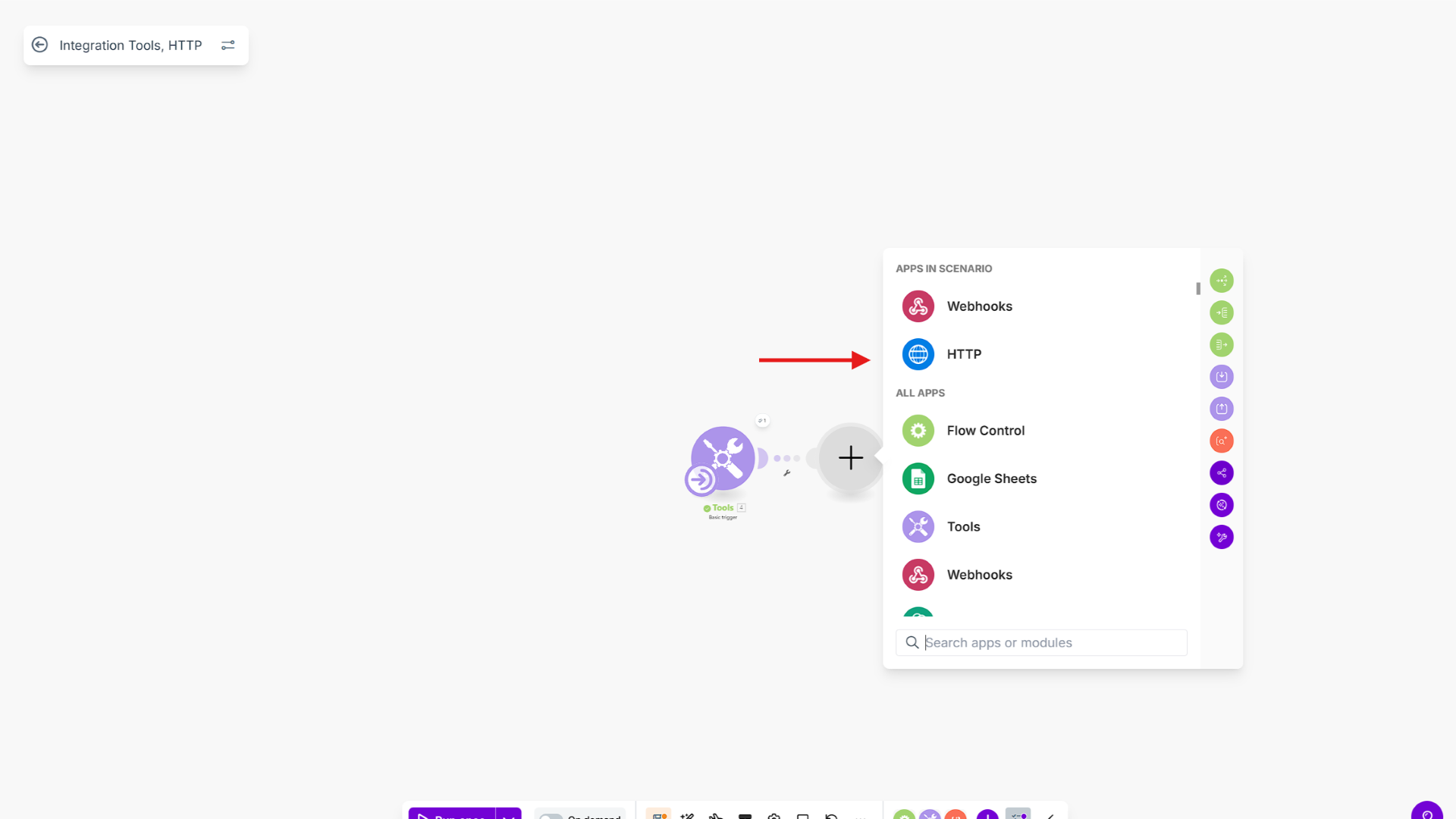Text Anonymization Guide
Audience: first-time users configuring the HTTP “Make a request” module to call the Anonymator API.
1️⃣ Overview
This guide walks you through how to configure the HTTP → Make a request module in Make.com to send a POST request to the Anonymator API.
You’ll learn how to:
- Add the HTTP module to the canvas
- Set the endpoint URL and method
- Configure authentication using a Bearer token
- Define the JSON request body
- Execute the request and verify the results
2️⃣ Add the HTTP module (Make a request)
From the modules panel, drag HTTP → Make a request onto your scenario canvas.
Click the module to open its configuration panel.

.png)
3️⃣ Configure the Endpoint URL and Method
Set the endpoint and HTTP method as follows:
- URL:
https://anonymator.app/api/anonymize - Method:
POST
These fields tell Make.com where to send the request and what type of operation to perform.
Ensure that the URL is correct and the method is set to POST, as the Anonymator API accepts only POST requests for anonymization.

4️⃣ Configure the Authorization Header
Next, you need to authenticate your request by adding the Authorization header.
In the Headers section, click + Add a header and set:
- Name:
Authorization - Value:
Bearer YOUR_API_KEY
Replace YOUR_API_KEY with the token provided in your Anonymator user portal.
This ensures that Make.com can securely communicate with the API.

5️⃣ Define the Request Body
Scroll down to the Body type section and configure the fields as follows:
- Body type:
Raw - Content type:
JSON (application/json) - Request content:
Code
Replace {{1.text}} with the variable that holds the text you want to anonymize — you can insert it dynamically using drag & drop from previous modules.
As a quality-of-life improvement, enable Parse response → Yes.
This allows Make.com to automatically format the returned JSON, making it easier to inspect the anonymized output.

6️⃣ Execute and Verify the Response
Click Run once to execute the scenario.
After the HTTP module runs successfully, expand the module details to review the OUTPUT section.
If the request is successful, you’ll see a 200 status code and an anonymized response like this:
Code
The anonymized_strings array contains the text returned by the Anonymator API.
If the “Allow Deanonymize” option is enabled for your API key in the Anonymator Portal, a secret value will also appear — this can later be used for de-anonymization requests.


